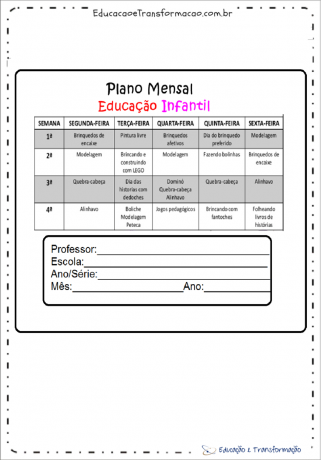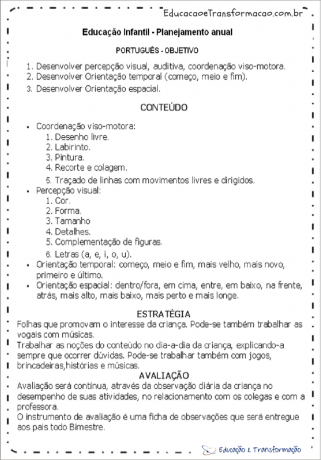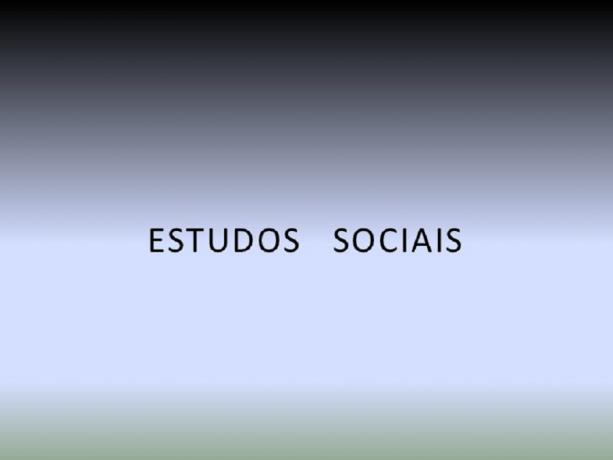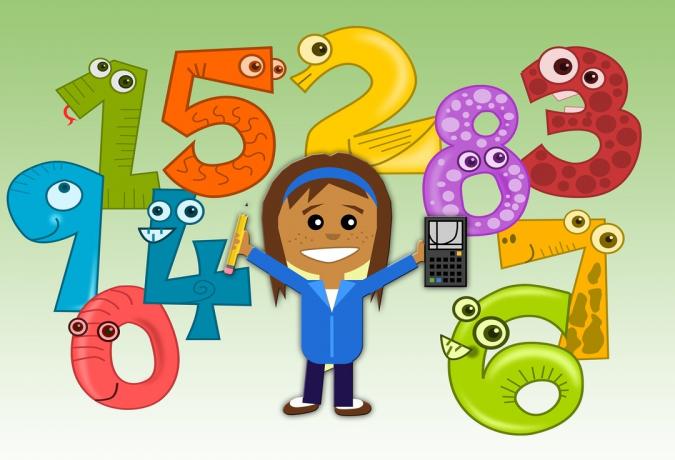We selected in this post some suggestions for child education annual planning, to work throughout the year.
O class planit is an essential element for the daily planning of activities that will be developed by the teacher in the classroom throughout the year. It is the responsibility of the education professional, who will outline the learning objectives and how they will be achieved. It is a vital component in the teaching and learning process.
The planning must include a forecast of teaching activities, as well as their review and adaptation throughout the school year, according to the needs and development of each class. It is necessary for the professional to set the goals keeping in mind what will be taught, how it will be done and carry out a daily evaluation to find errors and fix them, always aiming at greater productivity and efficiency in the classroom. class.
Planning is imagining the class even before it happens and that's exactly why we selected these wonderful models of Annual early childhood education planning:
See more at:
Index

Routine provides a sense of security. Even at home, the child exposed to a routine is calmer because he knows what will happen next. At school, an environment in which she naturally feels less protected, which is often the first place for socializing outside the family, this is even more urgent.

Check out this super suggestion from Annual early childhood education planning, ready to print and download free in PDF:
A child's development does not take place in a linear fashion. Changes occur gradually and are related to biological factors as well as provided by family and school environments-external factors.
During their life trajectory, the child experiences advances and setbacks, experienced in their development, in a particular way, acquiring autonomy.
It is necessary to monitor the construction of their personality, always respecting that, at each age, they have their own way of manifesting themselves. Trying to anticipate the steps or not to stimulate the child in their development can lead to conflicts in adult life.
Therefore, it is necessary to respect and know the stages of development of the 4-year-old child. Check out this full model of child education annual planning – Preschool 1 in PDF:



See also:Bee Themed Planner


Source: http://educacrianca.com.br

I also recommend: Annual Planning First Year Elementary School
Beginning, middle and end, oldest, youngest, first and last.
Inside/outside, above, in, below, in front, behind, high, low, near and far.
Sheets that promote the child's interest. You can also work vowels with songs. Work the notions of content in the child's daily life, explaining it whenever there are doubts. You can also work with games, games, stories and music.
Assessment will be continuous, through daily observation of the child in the performance of their activities, in the relationship with peers and with the teacher. The assessment instrument is an observation form that will be given to parents every two months.

Through pictures, drawings, gestures, music, stories and explanations about the meaning of each item, and productions of souvenirs that translate the date in question.
Assessment will be continuous, through daily observation of the child in the performance of their activities, in the relationship with peers and with the teacher. The assessment instrument is an observation form that will be given to parents every two months.

Assessment will be continuous, through daily observation of the child in the performance of their activities, in the relationship with peers and with the teacher. The assessment instrument is an observation form that will be given to parents every two months.
Also see: Annual planning for Jardim III
Assessment will be continuous, through daily observation of the child in the performance of their activities, in the relationship with peers and with the teacher. The assessment instrument is an observation form that will be given to parents every two months.

Assessment will be continuous, through daily observation of the child in the performance of their activities, in the relationship with peers and with the teacher. The assessment instrument is an observation form that will be given to parents every two months.
Subscribe to our email list and receive interesting information and updates in your email inbox
Thanks for signing up.